
For centuries, tales of mysterious creatures have fascinated humans, fueling myths and folklore. These cryptids — creatures whose existence was unproven or disputed — were often thought to be figments of imagination or exaggerations. However, over time, many of these legendary beings have been confirmed as real creatures through scientific discovery and exploration. Here are some of the most fascinating cryptids that turned out to be real.
The Komodo Dragon
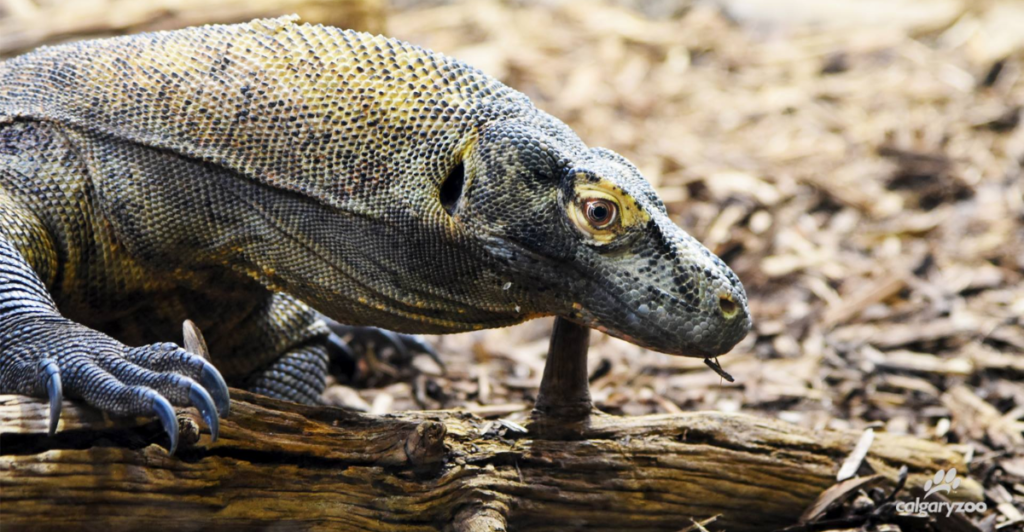
The Komodo dragon, a giant lizard native to Indonesia, was once believed to be a mythical monster. Local legends described a massive, man-eating lizard. It wasn’t until 1910 that Western explorers reported its existence, and scientists confirmed it in the 1920s. Today, it remains the largest living lizard, capable of reaching 10 feet in length.
The Giant Squid
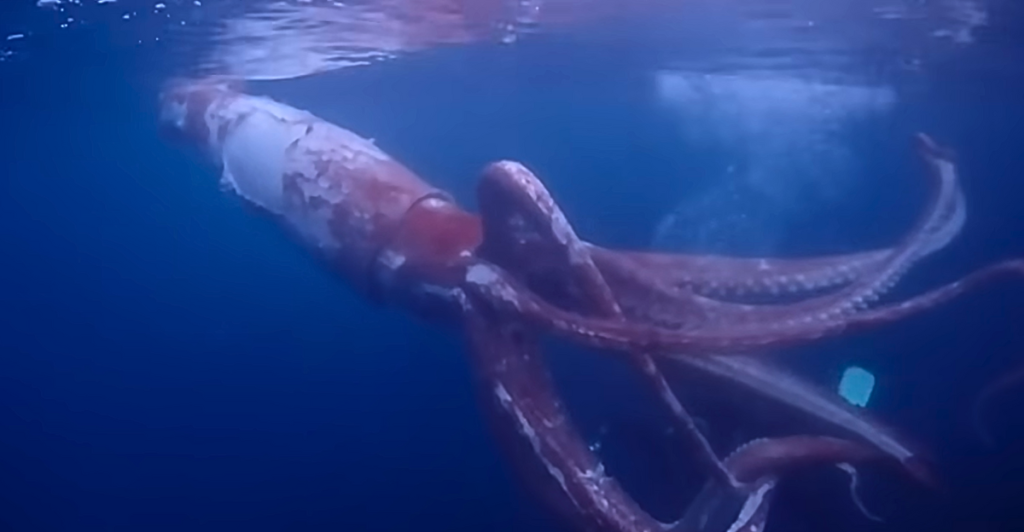
For centuries, sailors spoke of a terrifying sea creature with long, powerful tentacles capable of dragging ships into the abyss. The giant squid was dismissed as folklore until the late 1800s when a specimen washed ashore in Newfoundland. Since then, dead and even live giant squids have been documented, proving that these legendary deep-sea giants are real.
The Okapi
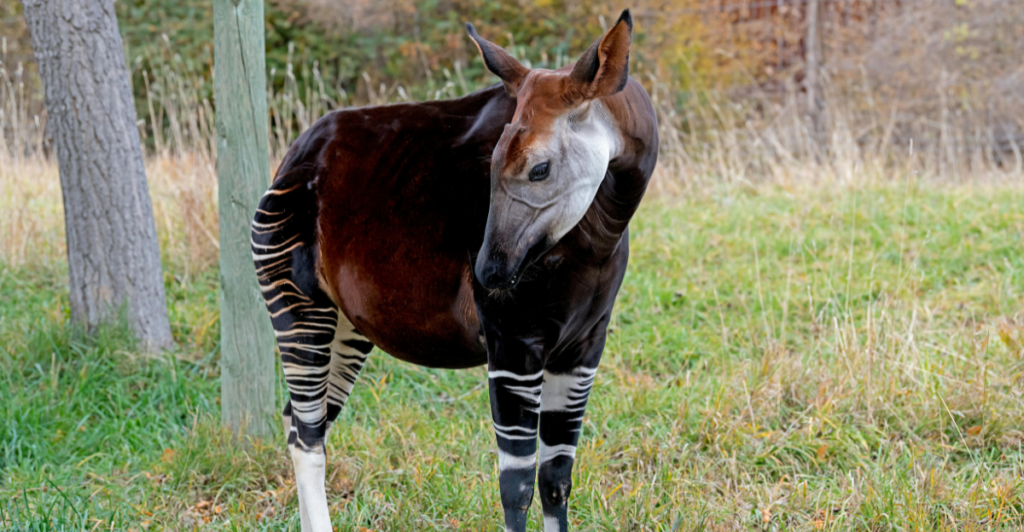
The okapi, often described as a cross between a giraffe and a zebra, was once considered a myth by Western explorers. With its elusive nature and striped legs, it seemed too bizarre to exist. First described in 1901, the okapi’s existence was confirmed after live specimens were captured in the 1920s, solidifying its place in the animal kingdom.
The Coelacanth

Believed to have gone extinct over 65 million years ago, the coelacanth stunned the scientific community when it was rediscovered in 1938 off the coast of South Africa. This prehistoric fish once thought to exist only in fossil records, proved that some ancient species had survived the test of time.
The Giant Pangolin
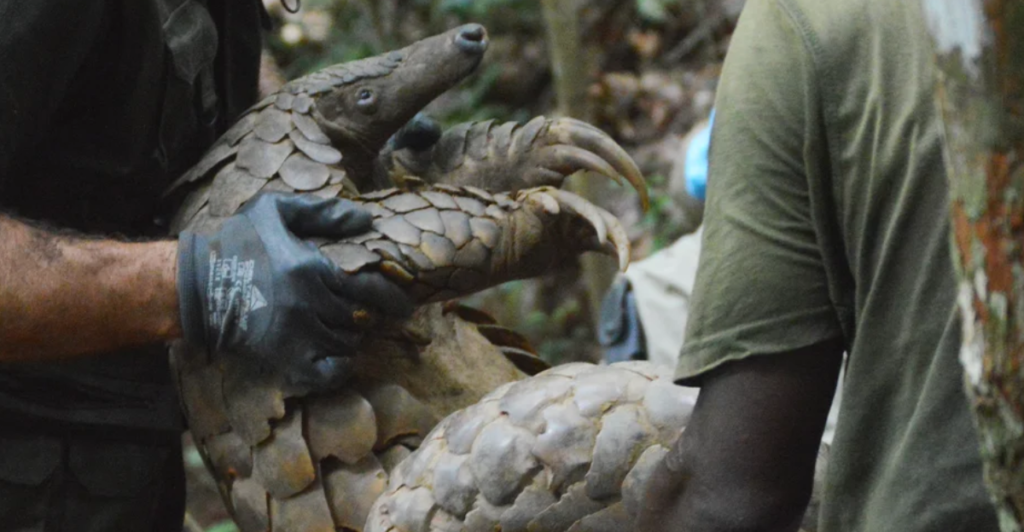
The giant pangolin, the largest of its kind, was long thought to be a myth due to its elusive behavior. Weighing up to 75 pounds, it was first described in the 1800s but remained elusive until the 1960s, when a live specimen was finally captured and studied. Its armored scales and nocturnal habits make it a rare sight.
The Saola

Discovered only in 1992, the saola is one of the rarest mammals on Earth. Resembling both an antelope and a goat, it is found in the remote mountains of Vietnam and Laos. Due to its rarity, the saola has been dubbed the “Asian unicorn.” Very little is known about its behavior or population size.
The Mountain Gorilla

Once dismissed as mythical, the mountain gorilla was confirmed as a real species in 1902. Found in Central Africa’s mountainous regions, these large primates were initially shrouded in mystery. By the 1960s, their populations were fully documented, and today, they are an iconic species, though critically endangered.
The Yeti Crab
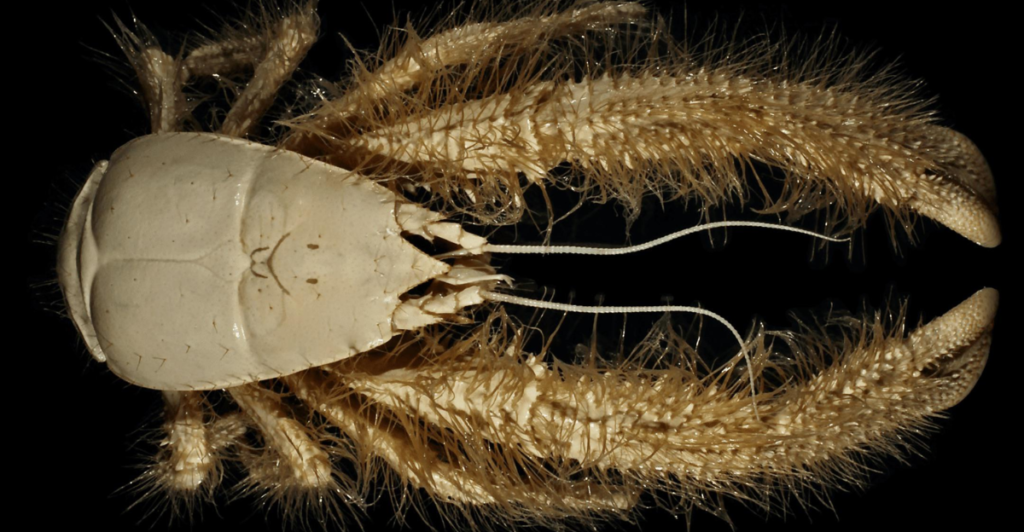
Discovered in 2005, the yeti crab is a strange, deep-sea crustacean with hairy claws. Due to its furry appearance, it is named after the legendary Yeti. The crab thrives near hydrothermal vents on the ocean floor, and its unique adaptations allow it to survive in extreme environments where few creatures can.
The Giant Otter

Indigenous South American tribes spoke of a massive river-dwelling creature, which many dismissed as folklore. The giant otter, reaching lengths of up to six feet, was eventually confirmed as real. Found in South America’s waterways, this carnivorous mammal remains a top predator in its ecosystem.
The Giant Armadillo

The giant armadillo, weighing up to 130 pounds, was long considered a mythical creature. It was first described in the 1800s, but live specimens weren’t captured until the 1970s. Its enormous size and nocturnal habits made it difficult to document, but it is now recognized as the largest armadillo species.
The Megamouth Shark

The megamouth shark was unknown to science until 1976 when it was accidentally caught by a research vessel. Named for its enormous mouth, which can open to nearly 4 feet wide, this deep-sea creature is incredibly rare. To this day, little is known about its habits and population.
The Black Panther
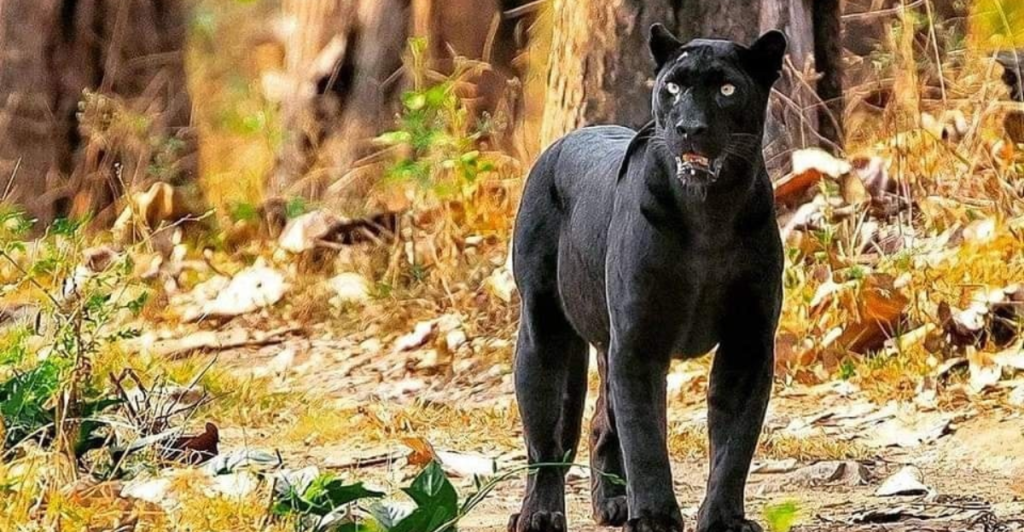
Once considered a cryptid, the black panther is not a separate species but a melanistic variant of leopards and jaguars. Its black fur makes it nearly invisible in the wild, contributing to its elusive reputation. In 2018, a photographer captured the first confirmed image of a wild black leopard in Kenya.
The Colossal Squid
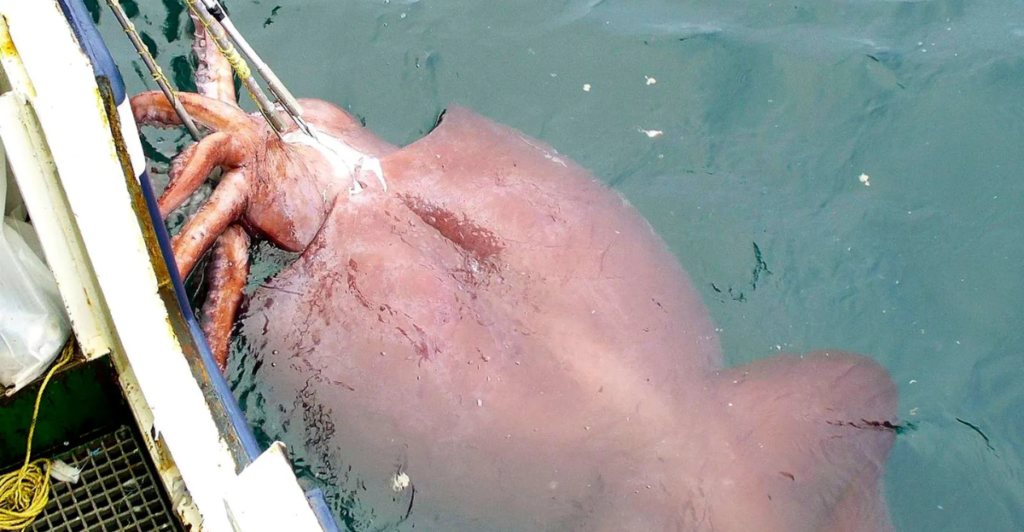
A relative of the giant squid, the colossal squid is even larger, with specimens reaching up to 46 feet in length. It was first discovered in 1925, but its deep-sea habitat has kept it shrouded in mystery. Found in the Southern Ocean, the colossal squid remains one of the ocean’s most fascinating and least understood creatures.
The Bornean Bay Cat
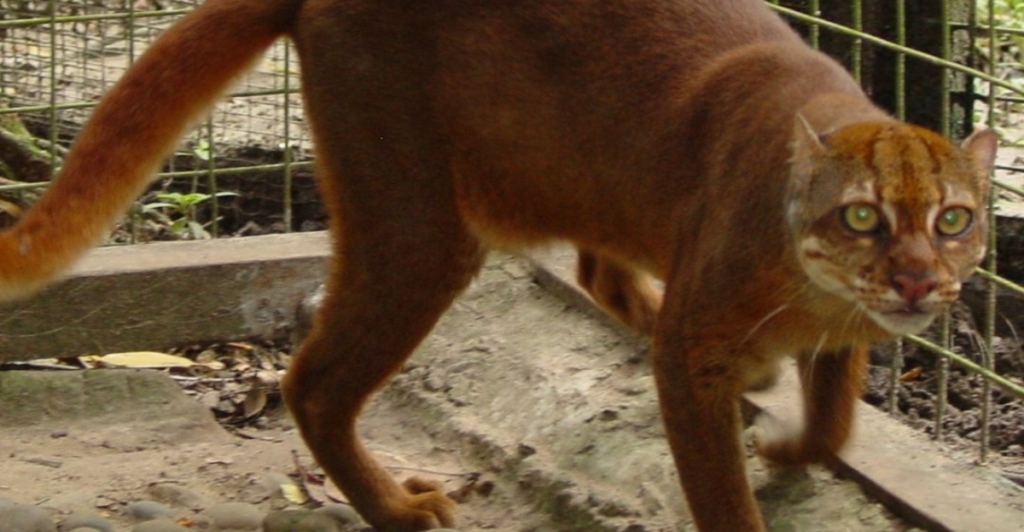
The Bornean bay cat is a small, elusive feline discovered in 1992 on the island of Borneo. Its mysterious nature, combined with its threatened habitat, has made sightings extremely rare. One of the least-studied wild cat species, the Bornean bay cat remains a symbol of the undiscovered wonders of nature.
Stay connected with us for more stories like this! Follow us to get the latest updates or hit the Follow button at the top of this article, and let us know what you think by leaving your feedback below. We’d love to hear from you!







